
如何在网上购买宝石
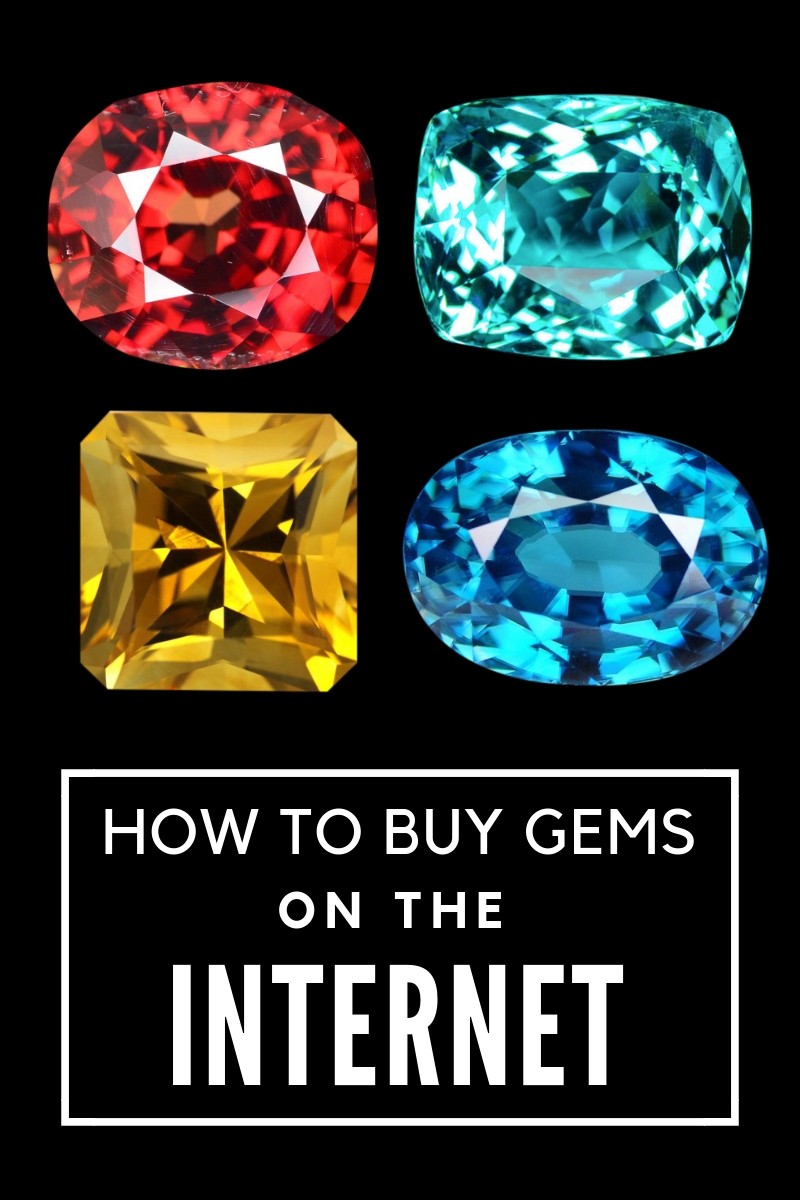 Gem Rock Auctions 坚信提供尽可能多的信息,以便买家能够明智地购买所有珍贵和半珍贵的宝石。
Gem Rock Auctions 坚信提供尽可能多的信息,以便买家能够明智地购买所有珍贵和半珍贵的宝石。
我们的目标是在网上提供最多的经过认证的宝石选择,重要的是我们的卖家必须证明他们拥有专业知识并且是贸易组织的成员。
我们的独特之处在于,我们拥有由认证宝石学家指导的宝石咨询小组和宝石专家团队。其他任何在线网站都无法提供这样的客户支持。

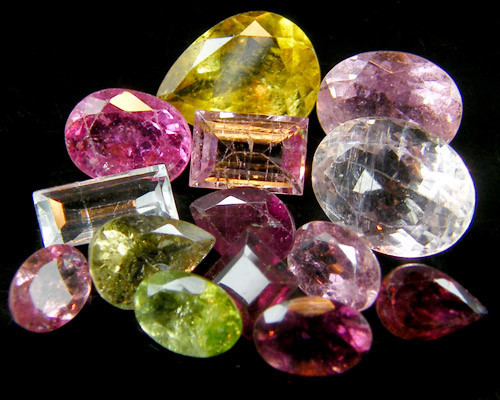

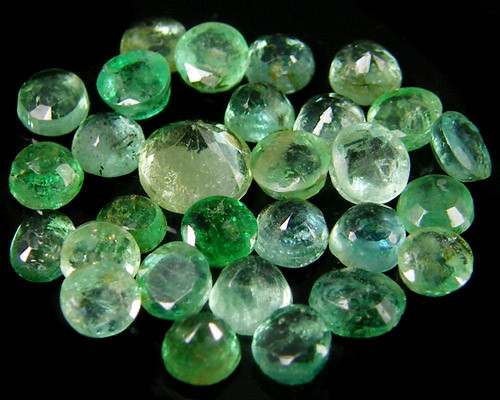
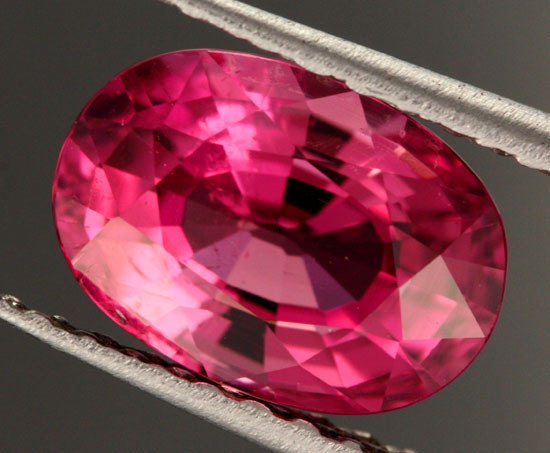

您好,我叫乔迪,过去 4 年里我拍摄了 80,000 到 120,000 张宝石照片。
我尝试拍摄出看起来更自然的宝石照片,并尽量减少编辑,因为我认为过多的编辑会欺骗网上买家。
宝石因其美丽、耐用和稀有而珍贵。
这就是我拍摄它们的原因,对我自己来说,这也是我喜欢拍摄这些美丽标本的原因。

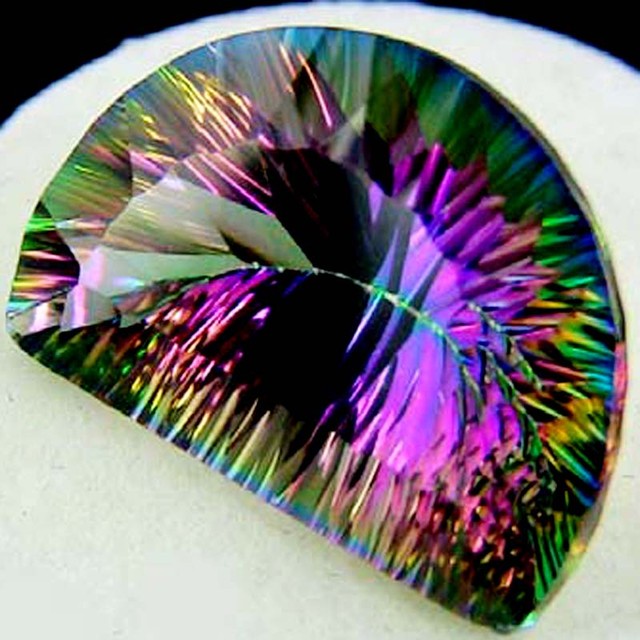
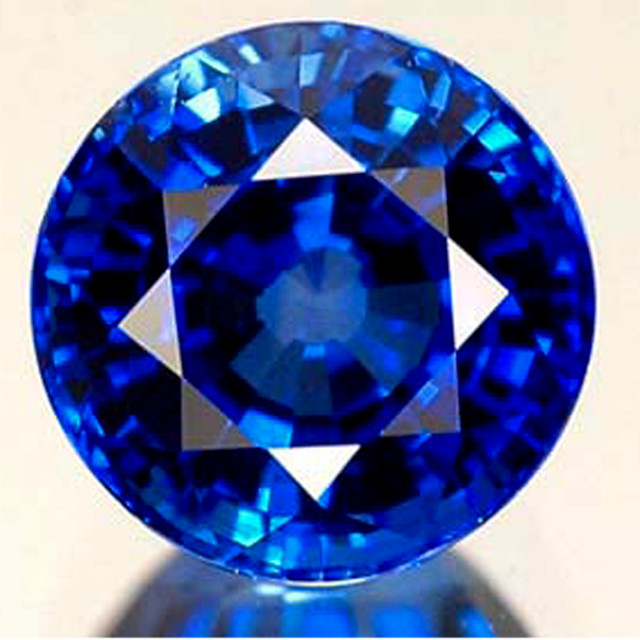
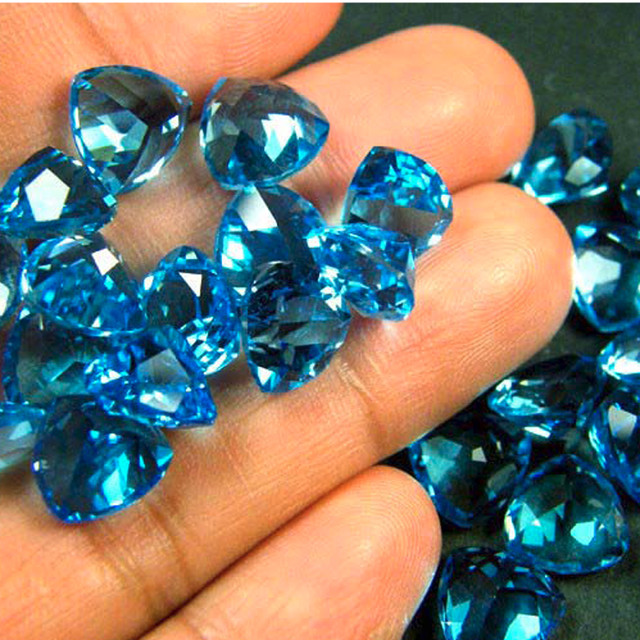
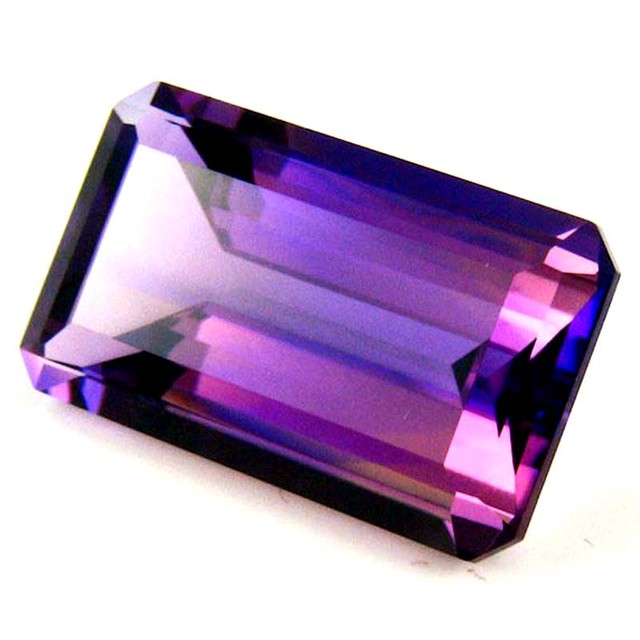

对于在线买家来说,我认为照片不仅能提供优质科学的插图,而且意义重大,因为照片必须完整准确地展现宝石的本质,还能提升照片的美感,使其更加生动、闪耀、富有深度。像我这样的宝石摄影师会运用许多技巧和流程,这些技巧和流程是可以学习的,并根据个人能力和技能进行个性化定制。请继续阅读我对宝石摄影的见解,因为宝石的类型、光线、相机、背景和设备等因素对于打造自然、美丽的宝石都起着至关重要的作用。

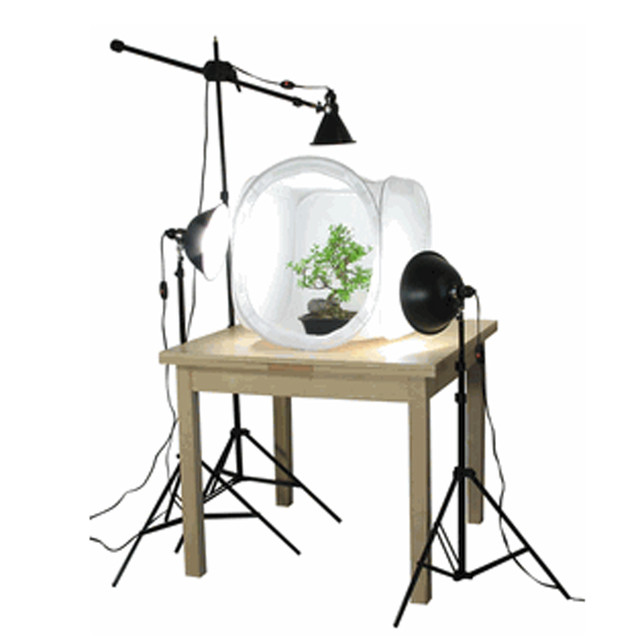


我认为作为网上买家,您需要小心,因为有很多因素,即使是微小的因素也会对宝石的外观产生轻微的改变。
我个人认为,网上一些最划算的商品照片质量很差,都是业余摄影师拍摄的。虽然照片不太专业,但宝石的质量实际上比看上去要好。根据我的摄影经验,我还发现照片中的内含物会被放大,使其看起来不那么真实,即使宝石实际上肉眼看起来是干净的。买家可以通过反馈评分和评论来找到优质卖家。卖家售出的每件商品都需要买家提供反馈,因此反馈会告诉你卖家的销售量以及任何关于该商品的评论。通过反馈,你可以亲自检查卖家是否拥有高质量的照片,但反馈总数却很低,买家数量也很少。这可能表明卖家的天然宝石质量可能较低。我个人认为,可以将图片与反馈联系起来,这样一来,你可以通过查看卖家的反馈是否有回头客来判断宝石的真实质量。
照明光源和技术
照明的两大主要类别是:
1. 自然阳光和
2. 人造光
它们都会产生色温不同的光。我自己会在台灯中使用两个荧光灯泡来捕捉宝石周围的尽可能多的光线,但是您也可以在宝石周围使用灯罩来散射光线,因为它会在照片上产生刺眼的亮度。平衡摄影的所有元素以创造出看起来自然的宝石至关重要。阳光是最便宜的光源,因为它是免费的。但是也有一些缺点,随着一天的推移,灯光的色温也会发生变化。阳光的色温取决于天气条件,无论是阴天还是晴天,使用阳光很难保持恒定准确的色彩还原。此外,使用直射阳光会产生刺眼的效果,因为它会形成深阴影和高对比度。
人工照明已成为最常用的光源,能够提供恒定且准确的色温。人工照明分为白炽灯和荧光灯两种。最常用的白炽灯是钨丝灯泡,通常用于台灯。摄影中最常用的荧光灯是荧光灯和LED灯。
 图片:正午阳光直射下的祖母绿宝石
图片:正午阳光直射下的祖母绿宝石
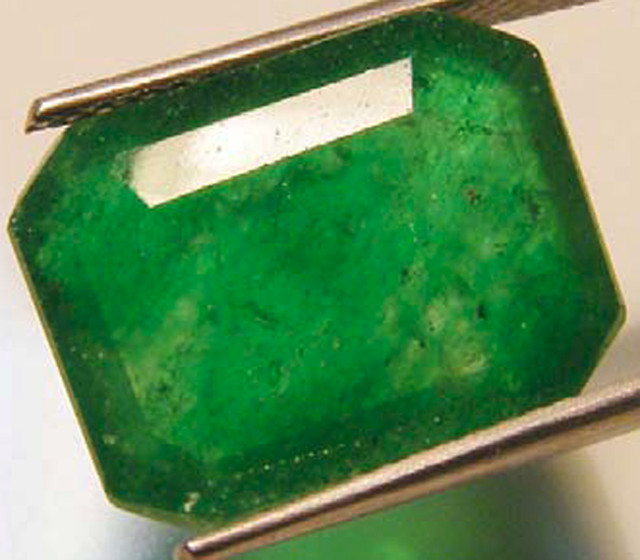
图片:钨丝灯下的祖母绿宝石
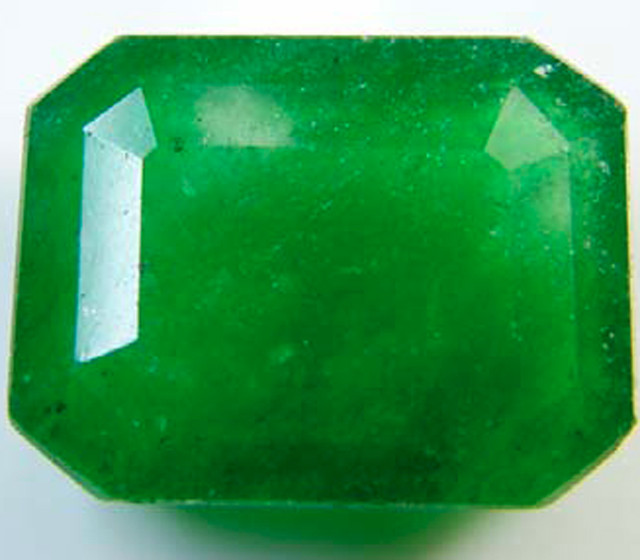
图:LED灯下的祖母绿宝石

也可以使用相机闪光灯。这种闪光灯会根据设置产生快速的强光爆发。然而,正如您在下面的照片中看到的那样,这种设置太强了,会冲淡宝石的形状和颜色。正因为如此,我个人不太使用闪光灯。
再来一张有闪光和无闪光的紫水晶对比图:
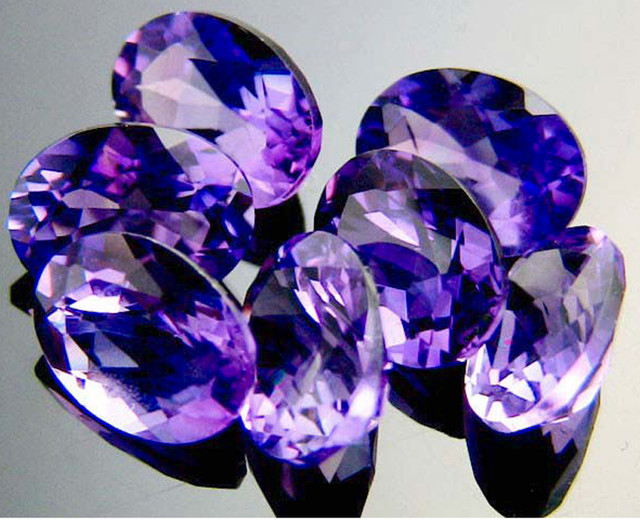
图片:无闪光的紫水晶
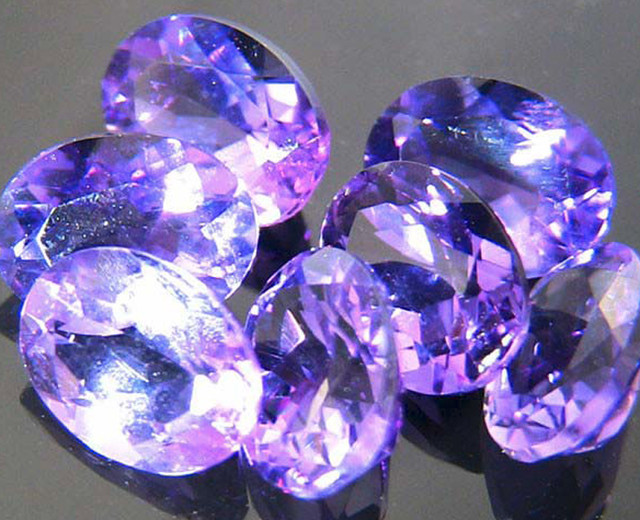
图片:带闪光的紫水晶
照明技术:
我个人认为,为了准确地呈现宝石,平衡光线至关重要,因为光线的角度和位置可以决定宝石的质感和突出程度。关于光线,重要的因素包括:a) 宝石表面反射的光线 b) 宝石内部结构或“体色”反射的光线 c) 宝石背面射入的光线
一个) 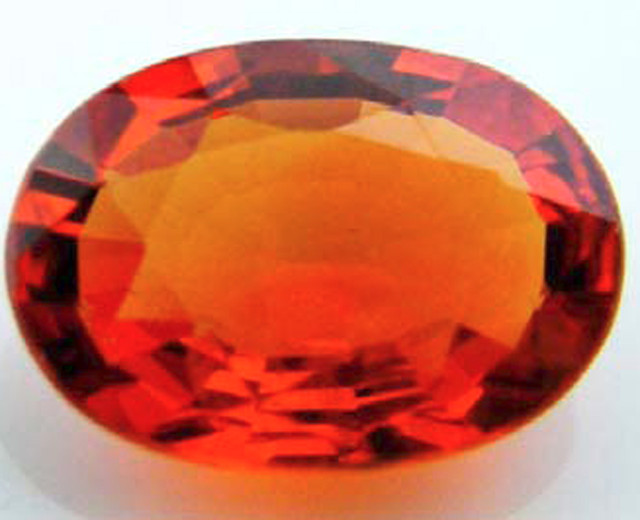 B)
B) 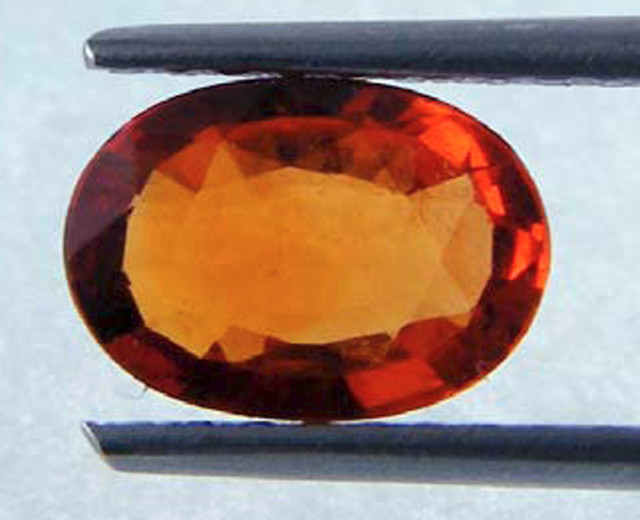 C)
C) 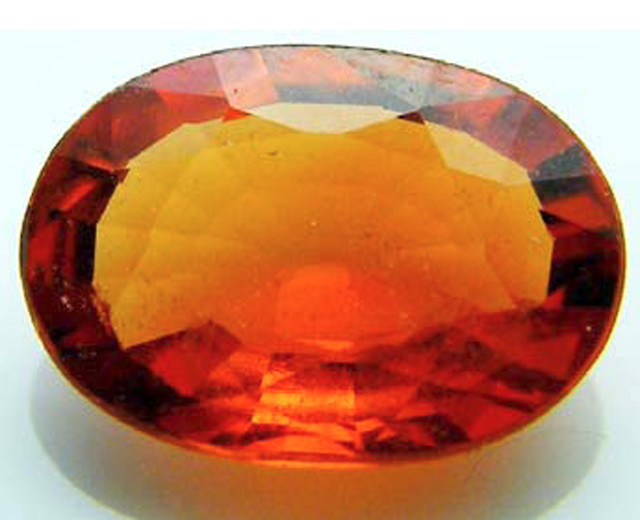
图片a、b、c说明:
a) 光线从宝石表面反射,清晰地展现宝石的颜色和刻面,整体上呈现出宝石的良好形象。这张照片经过了简单的裁剪。
b) 宝石底部有内部光线。对于这颗宝石来说,它无法展现其真正的美丽。
c) 宝石背面有光线照射。从光线照射的角度来看,宝石刻面的反射效果并不好,这一点从正面来看是可以理解的。
我个人会尽量平衡照射在宝石上的光线,因为有时光线过强会破坏照片效果。我还会平衡光线角度,直到达到我想要的效果,与宝石美丽的色彩、形状和刻面相得益彰。
背景技术:
宝石的背景应该朴素简单,因为您肯定不想分散人们对宝石的注意力。我推荐您使用 4 种不同的背景:黑色、白色亚克力背景、小镜子,甚至可以用手。需要注意的是,某些宝石需要与特定的背景相得益彰,因为宝石的颜色不同。我经常使用黑白亚克力背景,因为它可以创造出专业的反射效果,而且背景干净整洁。最好尝试所有 4 种背景选项,看看哪一种最适合宝石。下面是宝石在所有 4 种背景下的示例。结果未经编辑,但经过裁剪,如您所见,每种背景都会对宝石产生不同的效果。作为卖家,您必须选择最准确的照片来展示宝石最自然的状态。
白色背景上的金色黄玉


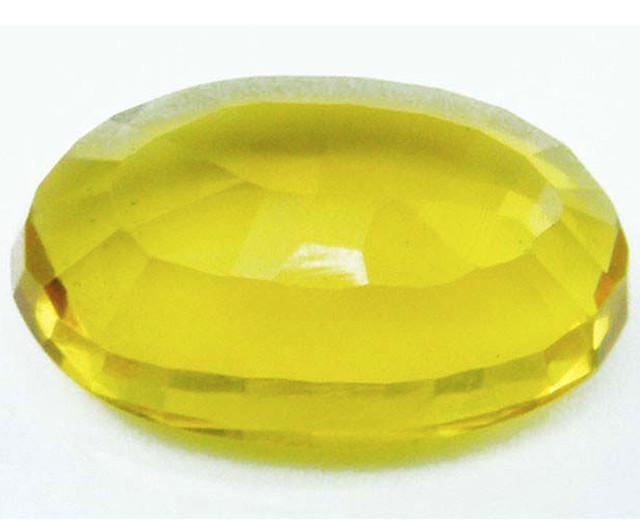
黑色背景上的金色黄玉
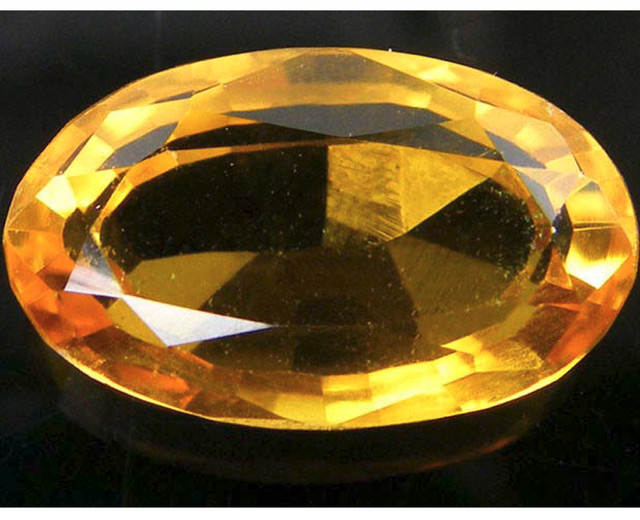
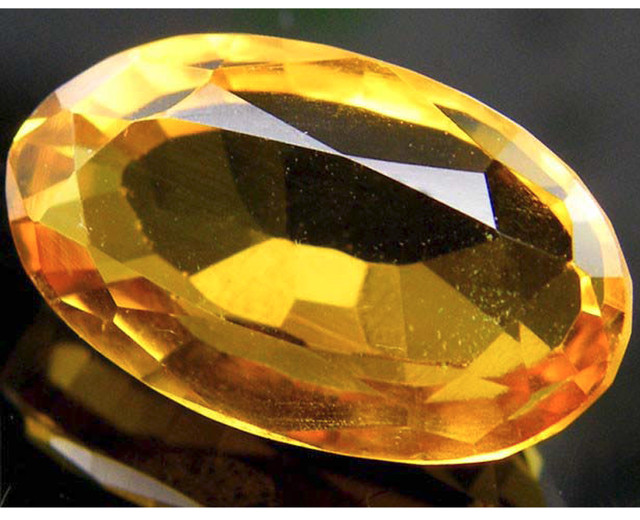

手上的金黄玉

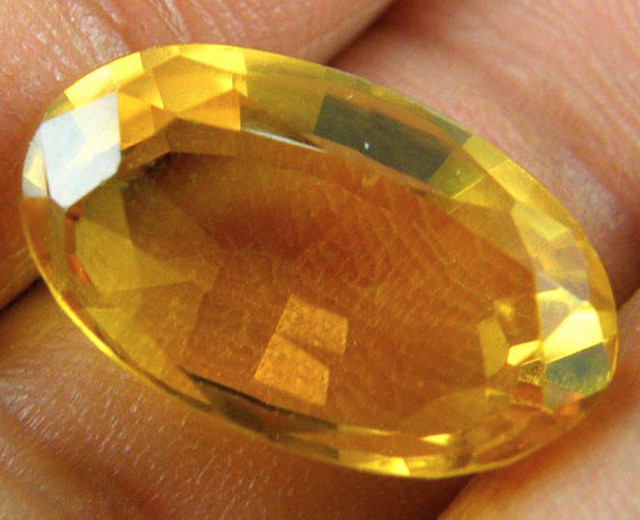

编辑软件:
市面上有很多照片编辑软件,很容易让人过度使用。你必须记住,大多数软件都非常昂贵,Adobe Photoshop 软件的价格从 299 美元到 800 美元不等。我使用的是 Adobe Photoshop 6.0,它是最老的版本之一!但无论软件有多先进,你都不应该做太多编辑,只需裁剪照片并保存!你想尽可能地展示宝石的最自然状态,因为过多的色彩编辑或任何其他形式的编辑都可能具有欺骗性。色彩编辑是不真实的,因为你可以让宝石比实际更暗或更亮,因此它可以增加宝石的价值。此外,编辑可以掩盖宝石的真实状态,我想说的是,市场上有很多玻璃填充和其他形式的增强宝石,再加上过度编辑,这些宝石看起来好得令人难以置信!
例如,下面前三张红宝石的照片,几乎没有经过任何编辑。
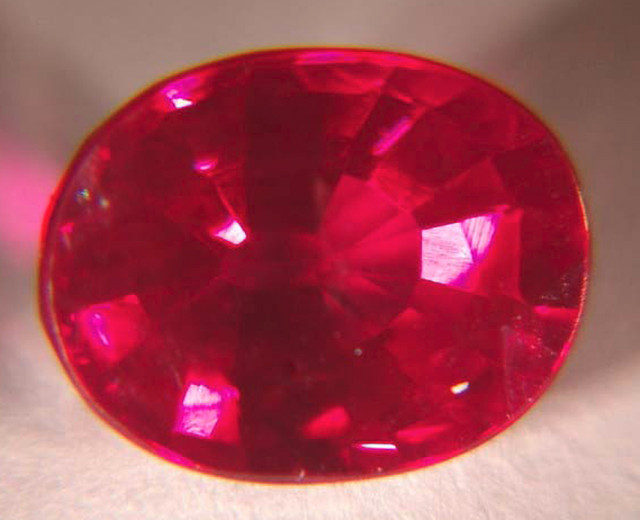
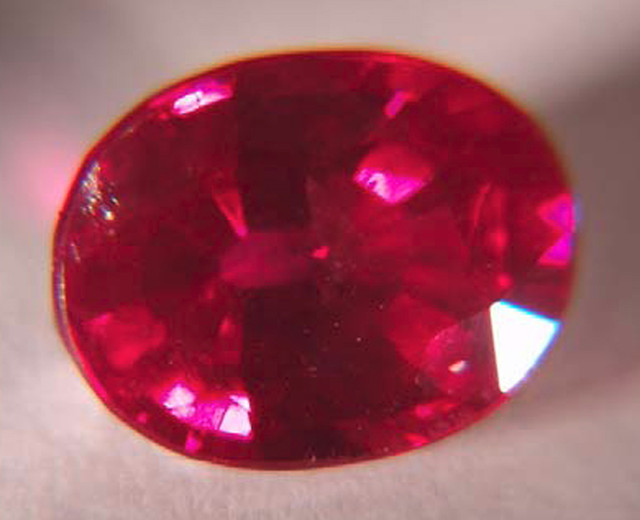
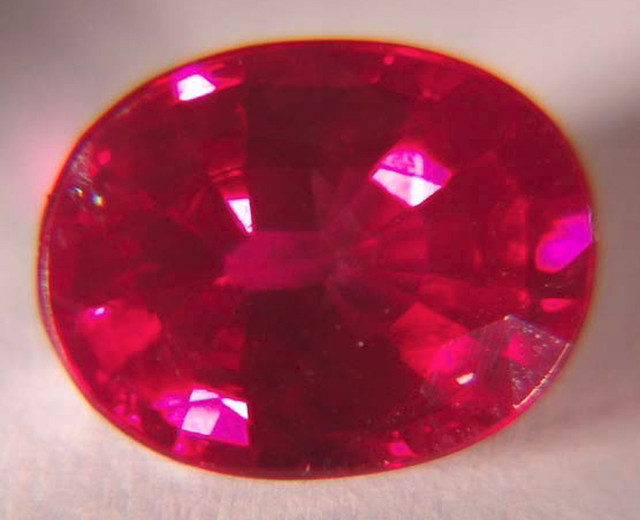
然而,下面显示的两张经过专业编辑的同一块石头的照片,几乎看起来不一样。


平常我一天能拍大约100张照片,然后编辑并上架。每颗宝石拍2-3张照片、编辑并上架,实际上只需要7-10分钟。然而,你会看到一些不切实际的网站,上面放着极其不切实际的照片,一张照片的后期处理可能要花上几个小时。你可能会遇到一些摄影技术不太好的卖家,但他们的宝石实际上比那些过度处理的宝石更自然、质量更好,而且价格可能还很便宜!
相机:
再次强调,你真的可以花太多的钱买一台专业相机,我个人使用富士 FinePix S8000fd 18 倍光学变焦数码相机,建议零售价:399 美元

从长远来看,购买一台价格合理、光学变焦性能良好的相机或许是一项不错的投资,因为宝石体积小,需要拍摄出比普通廉价相机更清晰的照片。我的相机支持18倍光学变焦,可以拍出高质量的放大照片。不过,在购买之前,你可能需要做好功课。以下是FinePix 18倍光学变焦数码相机和Coolpix 3倍光学变焦数码相机的对比。
橄榄石包裹宝石与 FinePix 橄榄石包裹宝石与 Coolpix
18倍光学变焦数码相机 3倍光学变焦数码相机


可以看出,光学变焦倍数越大,照片越清晰。18倍光学变焦时,您可以清晰地看到石头的清晰度和清晰度,而3倍光学变焦时,则会出现一些模糊。
宝石:
宝石的质量对摄影效果至关重要。对于卖家来说,一个重要的事实是,购买宝石时,照片的质量与宝石本身的质量息息相关。如果宝石内含物严重,即肉眼可见的内含物,会对照片质量产生负面影响。您肯定不想通过编辑照片来隐藏任何内含物,因为当买家收到商品并看到商品的真实质量时,这可能会导致纠纷甚至退货。这还会导致买家对您作为卖家的可靠性和信任度产生负面评价。
————————————————————————————————————————————————————
————————————————————————————————————————————————————
颜色、切工、净度和重量
颜色、切工、净度和重量都是购买宝石的关键因素。我们将在本文中介绍这些概念以及更多内容。购买宝石时,颜色在大多数情况下都会影响您的购买决策。颜色取决于宝石的化学成分、切工、形状、净度等等!
颜色
颜色通常是买家首先考虑的因素。正如您将了解到的,仅凭颜色并不能决定宝石的吸引力,净度、切工和克拉重量也起着重要作用。在线上,您只能看到宝石照片,因此,在照片旁边附上一份详细的描述是购买宝石的最佳方式。
首先,你需要理解颜色需要光和观察者的相互作用。色相、色调和饱和度都能让你看到你想要的颜色。色相是基本颜色给人的第一印象,色调是颜色的暗度,饱和度是颜色的强度或强度。
颜色对任何宝石都至关重要,因此当您在 Gemrock 上选择您心仪的店铺订购时,您对宝石的了解将有助于您找到心仪的宝石。每颗宝石都有其独特的化学成分和结构,这些化学成分和结构决定了它们独特的体色。例如,红宝石和蓝宝石都属于刚玉。添加铬“成分”会产生红色,我们将其归类为红宝石。
然而,铁和钛的存在使蓝宝石呈现出蓝色。我们喜爱的每一颗宝石,由于每个品种或宝石的化学成分差异,都会呈现出不同的颜色!颜色变化,许多顾客希望看到他们购买的宝石颜色均匀分布,但许多宝石会呈现出不止一种颜色,并且在整个结构中反射光线的方式也不同。这都是由于宝石的化学成分造成的。色域,宝石的色域是有原因的。矿物的生长从来都不是一帆风顺的。生长条件会发生变化,例如,西瓜碧玺的一端可能是粉红色,另一端可能是绿色,这就是理想的色域。
其他宝石可能存在不理想的色域,有时切磨师可以掩盖这些色域,但这并非总是可行。您可能会看到一颗蓝色蓝宝石的一端是无色的,这可能会破坏宝石的外观。当您看到色域或双色外观时,请考虑您要购买的宝石类型。如上所述,色域可能会或可能不会增加宝石的价值。
不同光线下颜色看起来不同
为什么红宝石在烛光下显得如此华丽?为什么日落时分,站在海边码头上的女人,苍白的肤色会闪耀着金光?
答案都与不同光源对颜色的影响方式有关。一般来说,每种宝石在特定光源下呈现出不同的颜色。绿色、蓝色和紫色宝石在大多数办公室的荧光灯下看起来最佳。这是因为荧光灯通常会发出大量的蓝色或绿色,从而增强这些宝石的颜色。红色、橙色和黄色宝石在白炽灯下(例如烛光、普通灯泡或日落时的阳光)呈现出最佳颜色。白炽灯发出的光波主要为红、橙色或黄色,从而增强了这些宝石的颜色。
如果您记得光线会影响不同颜色的外观,这将对您在线购买宝石有所帮助。同样重要的是,每台电脑的设置不同,宝石显示的颜色可能会有所不同,因此请阅读描述或咨询卖家。您可能还需要注意,许多相机使用紫外线闪光灯和其他类型的光源,这可能会导致宝石的颜色与实际颜色略有不同。
所以我说,提问从来都不是无理取闹,一张照片胜过千言万语,但一个问题就能解答你的疑虑。并非每个卖家都能投入时间和金钱购买大型公司使用的显微相机或其他非常昂贵的技术。你还需要考虑“优质颜色”,即业内认为最理想的宝石颜色范围。
您的最终选择应该决定您选择的颜色。行业选择的颜色并不总是适合您选择的宝石颜色。颜色范围是指每颗宝石的颜色选择,颜色对宝石的价值起着重要作用。在大多数情况下,一颗深蓝色/紫色的浓郁“AAA”级坦桑石的价值远高于一颗淡紫色的坦桑石。还有其他因素需要考虑,但颜色是其中一个关键因素。
多色性是指宝石从不同方向呈现不同的体色。同样以坦桑石为例,顶级坦桑石从一个角度看可能呈现紫罗兰色/蓝色,而从另一个角度看则呈现紫色。碧玺可能在一端呈现深绿色,但在另一个角度看则呈现浅得多的绿色。
了解宝石的颜色能帮你买到完美的宝石!宝石的颜色不仅取决于化学成分,切工、净度和其他因素也能帮你挑选合适的宝石。
关键术语:
色彩变幻,在蛋白石和其他一些宝石中可以看到闪烁的彩虹色。
艳丽光彩是宝石内部扁平小内含物反射光线而产生的闪光效果
虹彩是光被物质层分解成光谱色调时产生的彩虹效果。
拉长石光彩是拉长石中一种宽阔的闪光色,当宝石移动时,这种闪光色就会消失。
星光是猫眼石带的交叉,在凸圆形宝石的圆顶上形成一颗星形。
猫眼效应是指某些宝石中由于光线从许多平行的针状内含物或空心管反射而产生的光带。
当猫眼宝石与光源成直角时,就会出现牛奶和蜂蜜的双色调效果。
变色石的颜色变化是指宝石在不同光线下呈现出非常明显的颜色变化。这种情况非常罕见。
明晰
任何透明宝石的价值很大程度上取决于其净度,即自由形态的瑕疵和内含物。瑕疵是指局限于抛光宝石表面的不规则结构。而内含物则包裹在宝石内部,或从内部延伸到表面。因此,了解两者的区别至关重要。许多宝石的分级基于宝石内部的内含物,即内部瑕疵。彩色宝石具有多种类型的瑕疵和内含物,对宝石的外观和坚固性有各种影响。
瑕疵是指宝石表面的不规则之处,例如划痕或刻痕。它们对宝石的外观几乎没有影响,买家需要再次理解,卖家可能不会仅根据瑕疵来评级宝石,而仅根据内含物来评级,除非瑕疵非常大或数量众多。
另一方面,内含物会对宝石产生多种影响。其内部特征包括裂纹、液囊、外来矿物晶体。瑕疵和内含物统称为净度特征。
因为宝石的形成方式,真正无内含物或无瑕疵的宝石极其罕见。宝石的内含物越少,就越稀有。正如你可能猜到的,内含物越少,价值就越高。
购买宝石时,应考虑以下内含物:
尺寸:大夹杂物比小夹杂物的影响更大。
数字:一般来说,宝石的内含物越多,净度越低。但也存在例外,一颗宝石即使含有许多微小内含物,其净度等级仍然可能很高。
位置:台面中心的内含物通常比边框下方或腰棱附近的内含物更明显。
颜色和浮雕:颜色与宝石体色接近的内含物并不显眼。但与宝石体色形成对比的内含物,例如浅色宝石中的红色内含物,则会产生更显著的效果。
除了外观之外,内含物也会影响宝石的耐久性。很多情况下,影响耐久性的内含物会对宝石的价值产生重大影响。破裂就属于此类。
通常只有少数彩色宝石通常不含内含物,这些宝石是海蓝宝石、黄水晶、紫锂辉石、坦桑石和黄玉,相比之下,红色电气石和祖母绿总是含有一定量的内含物。
有用的内含物,记住一些内含物可能会有帮助,针状内含物(例如在猫眼宝石中看到的)或在翠榴石中看到的马尾内含物将创造这样的价值,内含物是宝石的中心点!!
内含物很有用,因为它能帮助我们区分天然宝石和合成宝石!就像指纹一样,每颗宝石都有自己的特点,内含物是我们识别大多数宝石的一种方式。
您必须问自己:宝石中是否存在会影响其坚固性的内含物或破损?内含物是否会导致宝石价值低于平均价格?内含物是否会损害宝石的美感?在检查宝石内含物时,请考虑所有这些因素。
切
当我们谈论抛光宝石的切工时,我们指的是两种组合之一——形状和款式,或者比例和饰面。除了颜色之外,形状和款式通常是我们在宝石上首先注意到的。形状是指宝石正面朝上的轮廓。圆形是最常见的形状。其他形状通常被归类为异形。
这些包括祖母绿形、垫形、椭圆形、梨形、榄尖形和心形。风格是指切磨师排列宝石刻面的方式。大多数宝石的刻面风格有以下三种。明亮式切工的刻面(顶部)从台面或底尖向腰部辐射。阶梯式切工的刻面(中心)则呈同心圆排列。
混合切工(底部)将明亮式切割冠部与阶梯式底座相结合。除了这些基本款式外,切磨师还可以通过增减刻面和重新排列刻面,创造出无数的变化!一些宝石晶体会形成特定的形状和尺寸,使其非常适合某些切工。例如,祖母绿原石适合矩形切工,例如祖母绿式切工。超过一克拉的红宝石和蓝宝石原石通常采用椭圆形或垫形切工。优质的切工有助于宝石发挥其最大的魅力潜力。
切磨师的目标是在打造最具吸引力的宝石的同时,保留原石的重量。并非所有宝石都能用传统方式切割,切磨师想要保留原石的重量。如果宝石需要特殊镶嵌,您最终得到的将是艺术品。校准切工是指能够符合标准尺寸镶嵌的宝石。如果宝石尺寸与标准尺寸相差甚远,您需要请珠宝商调整镶嵌尺寸。许多高品质宝石(例如红宝石)通常不会按照行业标准尺寸进行切割,因为切割过程中会损失太多重量。
设计师切割和花式切割是艺术宝石切割,通常不适合标准尺寸的镶嵌座,但熟练的珠宝商仍能轻松镶嵌。通常情况下,较小的宝石会被切割成标准尺寸,而较大的宝石则会尽可能对称切割,以凸显重要的价值因素。
不要忘记,标准镶嵌通常可以适应您梦想中的宝石;质量和价值最高的不规则尺寸宝石通常需要并获得定制镶嵌!
克拉重量
全球珠宝行业使用公制克拉(缩写为ct)作为计量单位。1分等于0.01克拉,因此您的宝石可能重7.96克拉。需要注意的是,虽然克拉重量是衡量宝石价值的因素,但它并非宝石品质或美观的决定性因素。
一颗1克拉的宝石,即使不如一颗10克拉的宝石惊艳夺目,也可能一样精美。这完全取决于宝石的个体特征和顾客的喜好。标示重量——卖家通常会以一定范围来讨论克拉重量,通常使用四分之一克拉或半克拉等分数作为参考。
但批发商提供的 0.27克拉的宝石可能会被标为四分之一克拉。在卖家之间的日常交谈中,四分之一克拉的宝石重量可能在0.23到0.29克拉之间。但在销售演示中,卖家需要非常谨慎地使用四分之一或二分之一这样的分数。您真的需要知道确切的重量,或者在0.01到0.02克拉的范围内,许多秤的重量会有这个误差。如果卖家使用好的秤,通常误差会在0.01到0.02克拉的范围内。描述宝石的总重量时,准确性也至关重要。
这是为了避免顾客产生任何疑惑,如果您不明白重量,请咨询!通常,您会找到几家您喜欢且信任的宝石卖家,您应该能够信赖他们提供的重量报价。批发商可能会以每颗宝石或每克拉两种方式报价。
宝石价格是每颗宝石的总价。克拉价格按每克拉计算,例如,如果宝石售价为每克拉 50 美元,而您购买一颗 3 克拉的宝石,则需支付 150 美元。重量和价值 - 一些宝石通常尺寸较小。宝石级红宝石原石和紫翠玉就是典型的例子,它们的重量通常小于 4 克拉。
其他宝石,例如海蓝宝石和黄水晶,或紫水晶和托帕石,晶体体积非常大,可达100克拉。这类宝石的克拉单价通常不会因尺寸而上涨。一颗4克拉的紫水晶的价格通常是一颗2克拉紫水晶的两倍。由于宝石的价值不同,1克拉红宝石和3克拉红宝石的价格可能会有很大差异。重量与尺寸——您可能拥有两颗尺寸相似的宝石,例如,一颗相同尺寸的海蓝宝石和一颗蓝色托帕石,托帕石的重量会比海蓝宝石的重量更大。同样,重量相同的1克拉蓝宝石和1克拉堇青石的尺寸也会有所不同……因此,在更换宝石时务必小心。
不同宝石的重量和尺寸各不相同。所以现在你意识到了,挑选宝石时需要考虑一系列的颜色,你需要查看宝石的净度、切工和重量。最终的选择权在你手中,颜色的选择是个人决定。但宝石的净度确实很重要。切工也很重要;你选择的宝石应该拥有良好的比例和设计。
劣质切工很容易透过宝石的窗口或暗斑看出。一颗闪耀夺目的美丽宝石会吸引所有宝石爱好者的目光。最后,最好选择一位您信任且合作过的朋友。在Gemrock网站上,卖家必须遵守网站规定。如果您对卖家有任何疑问,他们应该能够解答您对所售宝石的几乎所有疑问。
如果您觉得信息不足,我相信卖家会很乐意为您提供帮助。大多数卖家都愿意根据您的需求提供镶嵌服务,或者提供特殊宝石订购服务。找到值得信赖的认证卖家绝对是您的一大福利!
卡伦·德尔·高迪

购买多面宝石
搜索Gemstone Encyclopedia
最新的文章
彩虹格纹日光石是一种长石,由于内部含有各种包裹体,呈现出三种绚丽的光学效应。它绚丽多彩的光泽和格纹图案使其成为收藏家梦寐以求的珍宝!
12th Jan 2026
文章分类
How To's is where you will find helpful articles from gem Rock Auctions on how to cut gemstones, select gemstones and buy gemstones.
9文章数

